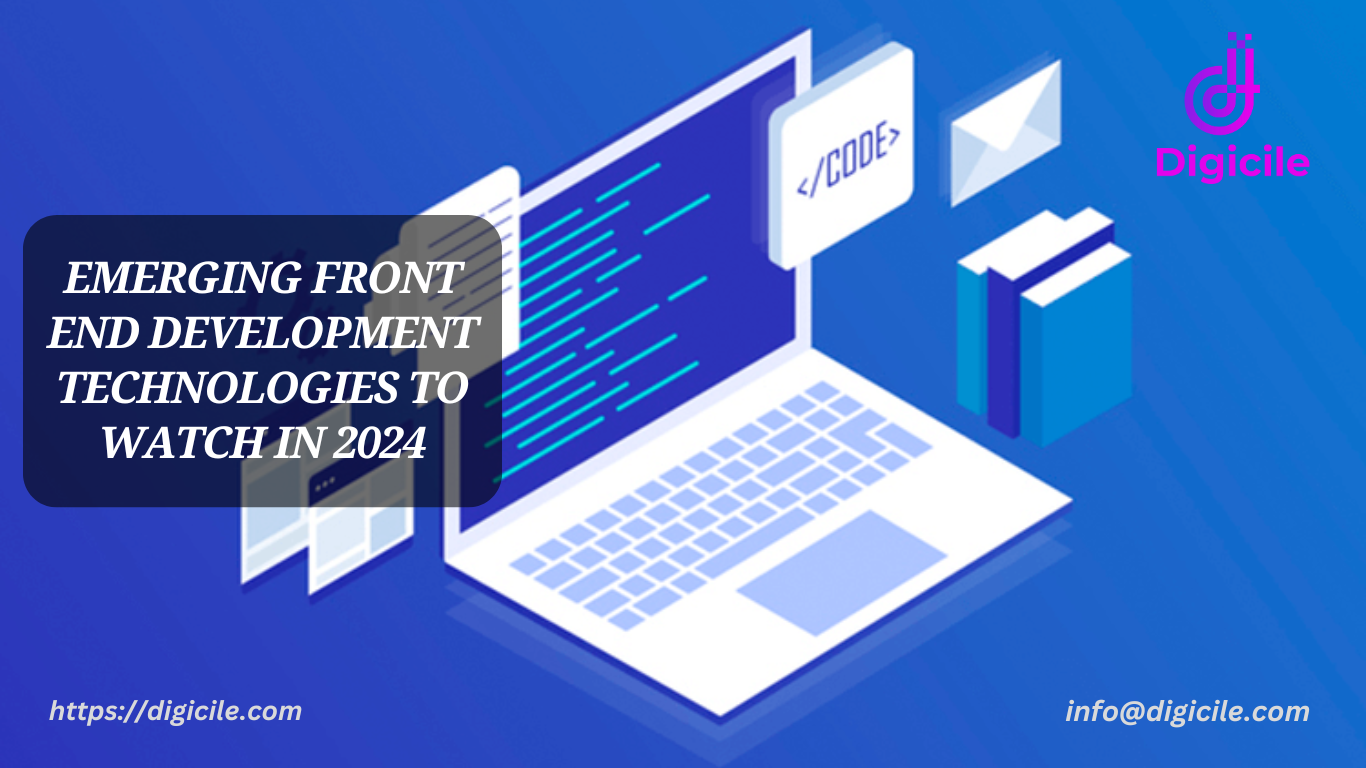The world of front end development is ever-evolving, with new technologies and tools constantly emerging to enhance the web development process and improve user experiences. As we step into 2024, staying ahead of the curve is crucial for developers who want to create cutting-edge applications and websites. In this blog, we will explore the emerging front end development technologies that are set to make a significant impact this year.
1. WebAssembly (Wasm)
WebAssembly is a binary instruction format that allows code written in multiple languages to run on the web at near-native speed. This technology is revolutionizing front end development by enabling performance-intensive applications, such as games and video editors, to run efficiently in the browser.
- Use Cases: High-performance applications, complex visualizations, real-time data processing.
- Key Features: Fast execution, cross-language support, enhanced security.
2. Progressive Web Apps (PWAs)
Progressive Web Apps (PWAs) continue to gain traction as they bridge the gap between web and mobile applications. PWAs provide a seamless, app-like experience on the web, with features such as offline access, push notifications, and fast load times.
- Use Cases: E-commerce, news websites, social media platforms.
- Key Features: Offline functionality, responsive design, installable on devices.
3. Single Page Applications (SPAs)
Single Page Applications (SPAs) offer a smoother user experience by loading content dynamically without refreshing the entire page. Popular frameworks like React, Angular, and Vue.js are commonly used to build SPAs, which are becoming the norm for modern web applications.
- Use Cases: Dashboards, social networks, project management tools.
- Key Features: Faster interactions, reduced server load, improved performance.
4. Server-Side Rendering (SSR)
Server-Side Rendering (SSR) is making a comeback with frameworks like Next.js (for React) and Nuxt.js (for Vue.js). SSR improves the initial load time of web pages and enhances SEO by rendering content on the server before sending it to the client.
- Use Cases: Content-heavy websites, e-commerce sites, blogs.
- Key Features: Better SEO, faster initial load, improved user experience.
5. JAMstack Architecture
JAMstack (JavaScript, APIs, and Markup) is an architecture designed to make the web faster, more secure, and easier to scale. JAMstack decouples the front end from the back end, allowing developers to build static websites that fetch dynamic content via APIs.
- Use Cases: Blogs, documentation sites, e-commerce.
- Key Features: Improved performance, enhanced security, scalability.
6. Static Site Generators (SSGs)
Static Site Generators (SSGs) like Gatsby, Hugo, and Jekyll are gaining popularity for their ability to pre-render web pages at build time, resulting in fast, secure, and SEO-friendly websites.
- Use Cases: Personal blogs, corporate websites, documentation.
- Key Features: Fast load times, better security, easy deployment.
7. CSS-in-JS
CSS-in-JS is a styling approach where CSS is composed using JavaScript. Libraries like styled-components and Emotion enable developers to write modular, scoped styles directly within their JavaScript code, improving maintainability and reusability.
- Use Cases: Component-based development, large-scale applications.
- Key Features: Scoped styles, better maintainability, dynamic theming.
8. Component Libraries and Design Systems
Component Libraries and Design Systems like Material-UI, Ant Design, and Tailwind CSS are essential tools for creating consistent and scalable UI components. These libraries provide pre-built components that adhere to design guidelines, speeding up the development process.
- Use Cases: Enterprise applications, SaaS products, startups.
- Key Features: Consistent UI, faster development, customizable components.
9. TypeScript
TypeScript is a statically typed superset of JavaScript that enhances code quality and maintainability. With its growing adoption, TypeScript is becoming a standard in front end development, providing developers with powerful tools to catch errors early and improve productivity.
- Use Cases: Large-scale applications, collaborative projects.
- Key Features: Type safety, better tooling, improved refactoring.
10. GraphQL
GraphQL is a query language for APIs that enables clients to request exactly the data they need, reducing over-fetching and under-fetching of data. This flexibility makes it an attractive choice for modern front end development.
- Use Cases: Data-heavy applications, real-time applications.
- Key Features: Efficient data fetching, strong typing, flexible queries.
Conclusion
Staying updated with emerging front end development technologies is crucial for developers aiming to create innovative and high-performing web applications. In 2024, technologies like WebAssembly, PWAs, and JAMstack, along with tools like TypeScript and GraphQL, will shape the future of front end development. By embracing these advancements, developers can build more efficient, secure, and user-friendly web applications, ensuring they remain at the forefront of the industry.
Whether you’re a seasoned developer or just starting, keeping an eye on these trends and continuously learning will help you thrive in the ever-evolving landscape of front end development.






